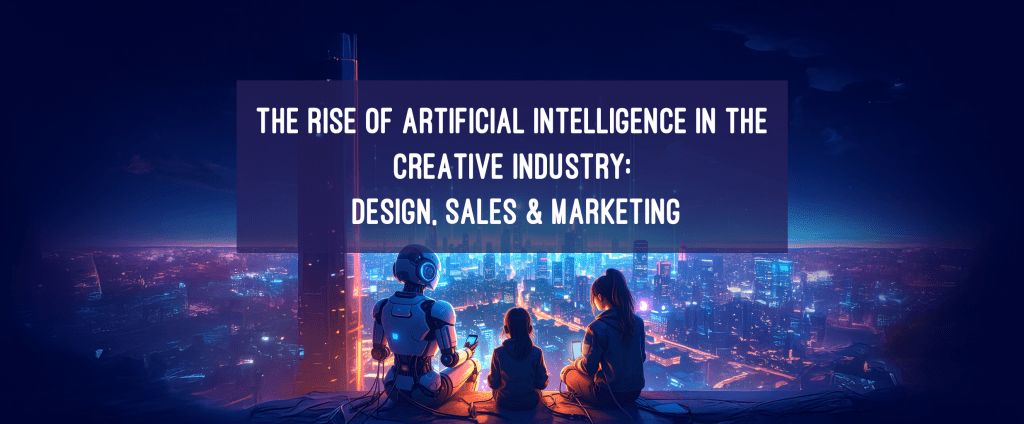
Looking back to look forward. By Jemmarie Bocalbos
Then (2018): AI on the Horizon
When I first wrote The Rise of Artificial Intelligence in Design & Marketing back in 2018, the tools were new, the hype was loud, and the future felt equal parts thrilling and intimidating.
I was experimenting with the Adobe Creative Suite — particularly Adobe Photoshop powered by Adobe Sensei. There wasn’t generative fill yet, but content-aware fill already felt revolutionary. I also stumbled across platforms like Inspirobot (yes, the AI quote generator that spit out hilariously unhinged motivational posters). Meanwhile, Google Duplex made headlines by mimicking human phone calls — raising both eyebrows and expectations.
Everyone in creative and marketing was asking:
“Is this going to replace us?”
And honestly? I didn’t have a clear answer.
What I did have was curiosity. I wanted to understand what this meant for designers, marketers, and creatives who relied on empathy, storytelling, and instinct — things AI couldn’t replicate. Not then, and arguably, not now either.
My take at the time was this: AI can support creativity, but it can’t be creativity. That belief still holds true today.
Now (2025): AI in the Studio, Not on the Sidelines
Fast forward to 2025 — AI isn’t just a conference buzzword anymore. It’s in the creative room with us.
Today, I use tools like Adobe Firefly, AI-powered Adobe Express, and Canva’s Magic Studio for design output. For brainstorming, ideation, and even sales enablement tasks, ChatGPT has become a reliable collaborator — helping me shape messaging, write outreach emails, and process raw thoughts into clarity.
With AI, what used to take hours of iteration now takes minutes of intention.
It’s no longer about replacing human creativity — it’s about amplifying it. I now have a brainstorming buddy that’s objective (mostly), always available, and always ready to bounce back ideas. Of course, I stay mindful of AI’s inherent biases, but as long as I guide it with purpose, it helps me move faster and think wider.
In marketing workflows, AI has shifted from novelty to necessity. Smart captioning, dynamic ad versions, real-time insights — these aren’t futuristic anymore. They’re the new normal.
But here’s the thing: The value hasn’t shifted from the human to the machine. If anything, the human perspective has only grown in value.
AI can give you 50 versions of an idea. But it can’t tell you which one actually feels right.
What’s Changed — and What Hasn’t
Adaptability is non-negotiable. Tech is evolving faster than we can document it. Rigidity isn’t safe — it’s stifling.
Learning is the new creative currency. I may not have all the answers, but I’ve learned to test, unlearn, and relearn. That mindset has opened more doors than any diploma.
Empathy still leads. AI can generate — but it can’t feel. That’s still our job. And that’s what makes our work matter.
What I’d Tell My 2018 Self
AI is a threat to some roles — especially repetitive tasks and entry-level automation. But next-level creative thinking? Deep human interaction? That’s not where AI is yet.
That’s where upskilling comes in.
One model I admire is Singapore’s SkillsFuture Level-Up Programme — a government initiative that gives Singaporean citizens aged 40 and above a S$4,000 credit to pursue career-relevant training. It’s a clear national investment in adaptability.
Closer to home, through Creative Nation Academy, Danesign Learning, Likha na Dito, and MMAAP, we’ve been contributing in small but meaningful ways — helping Filipino creatives stay competitive, curious, and connected.
When in Doubt… Create Like a Human
Use AI. Push it. Play with it. But don’t lose the thing that makes your work matter:
Empathy. Experience. Perspective.
That’s still your superpower. That’s still what people will remember.
2018 Blog Here